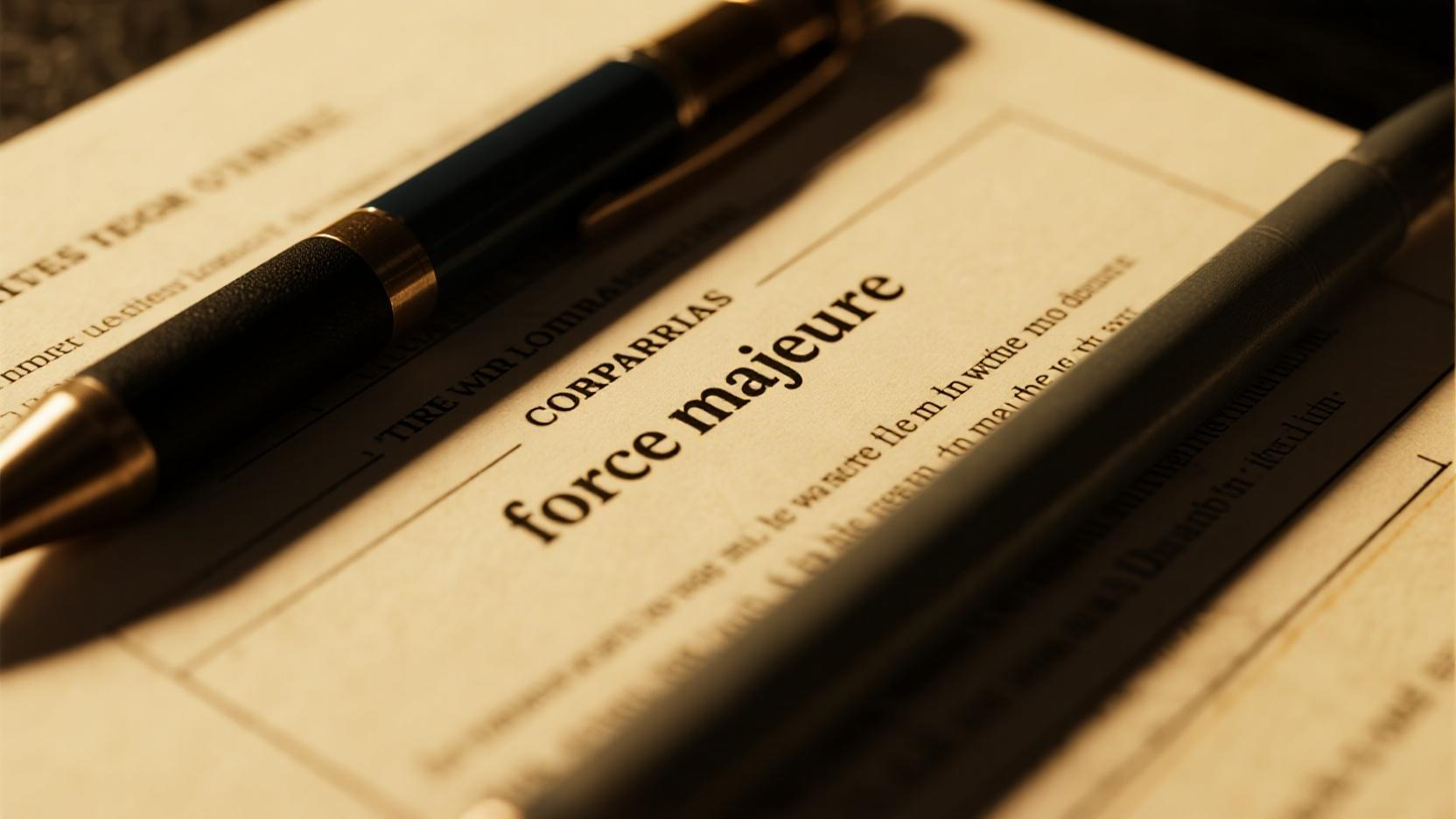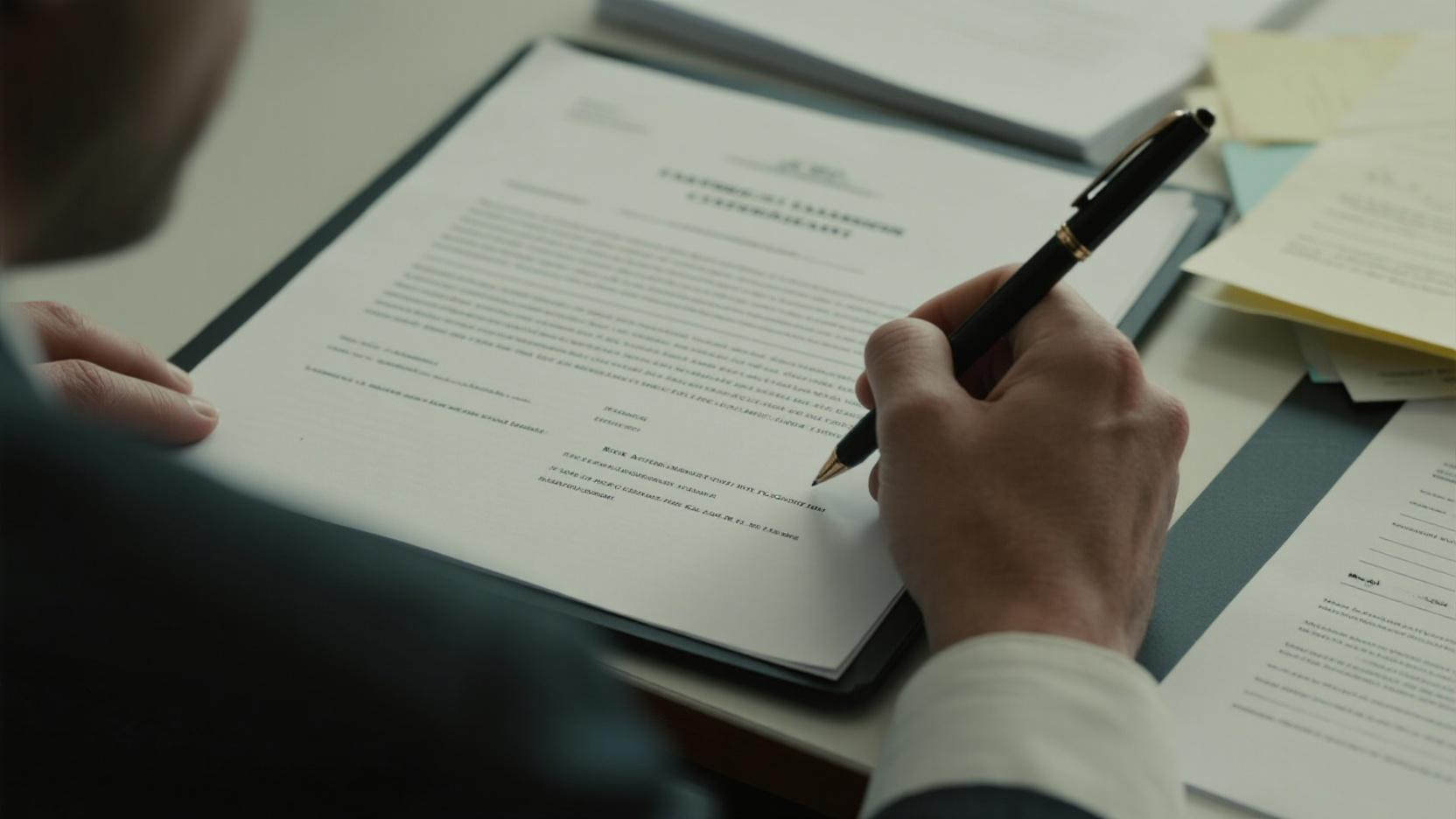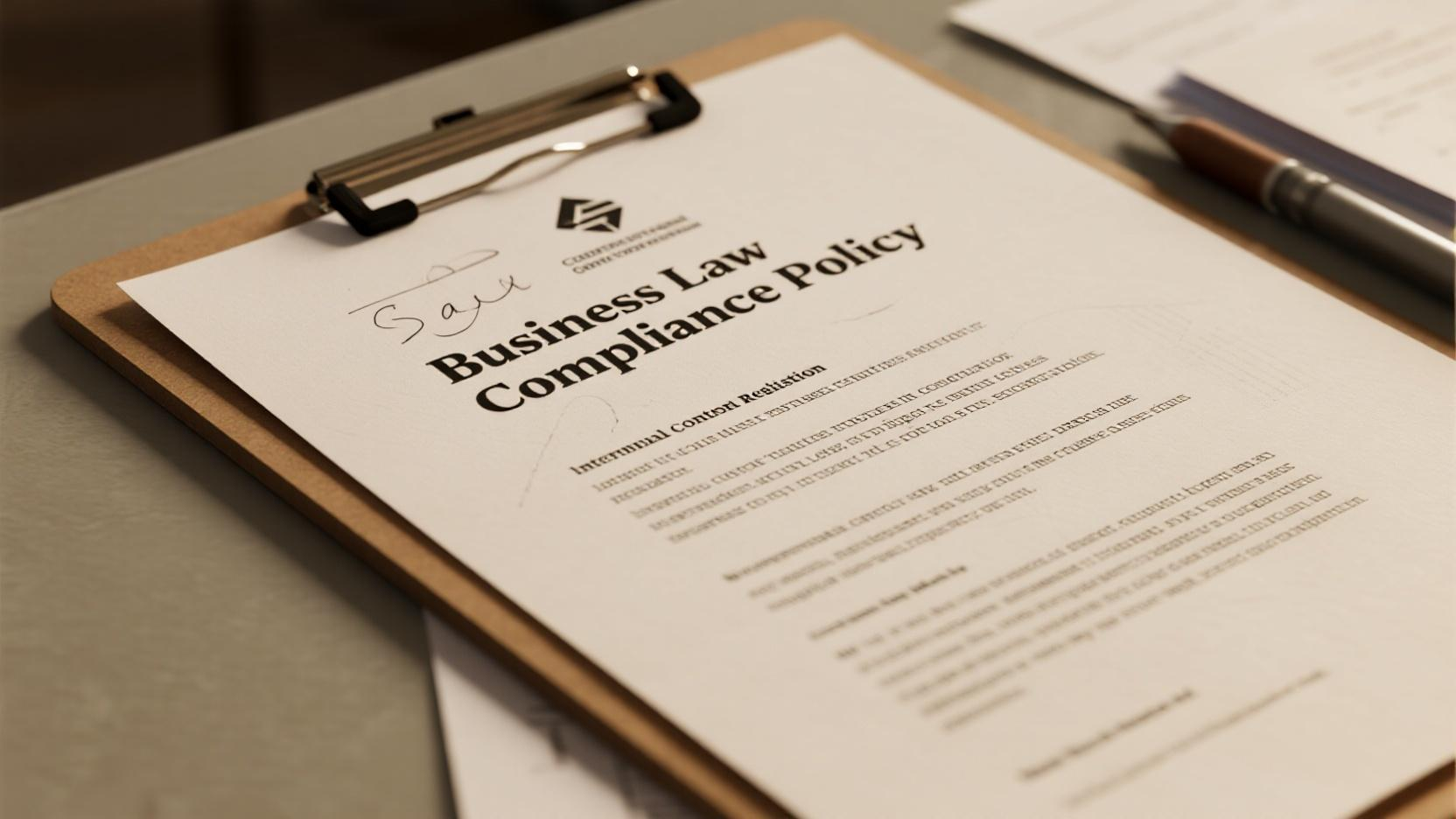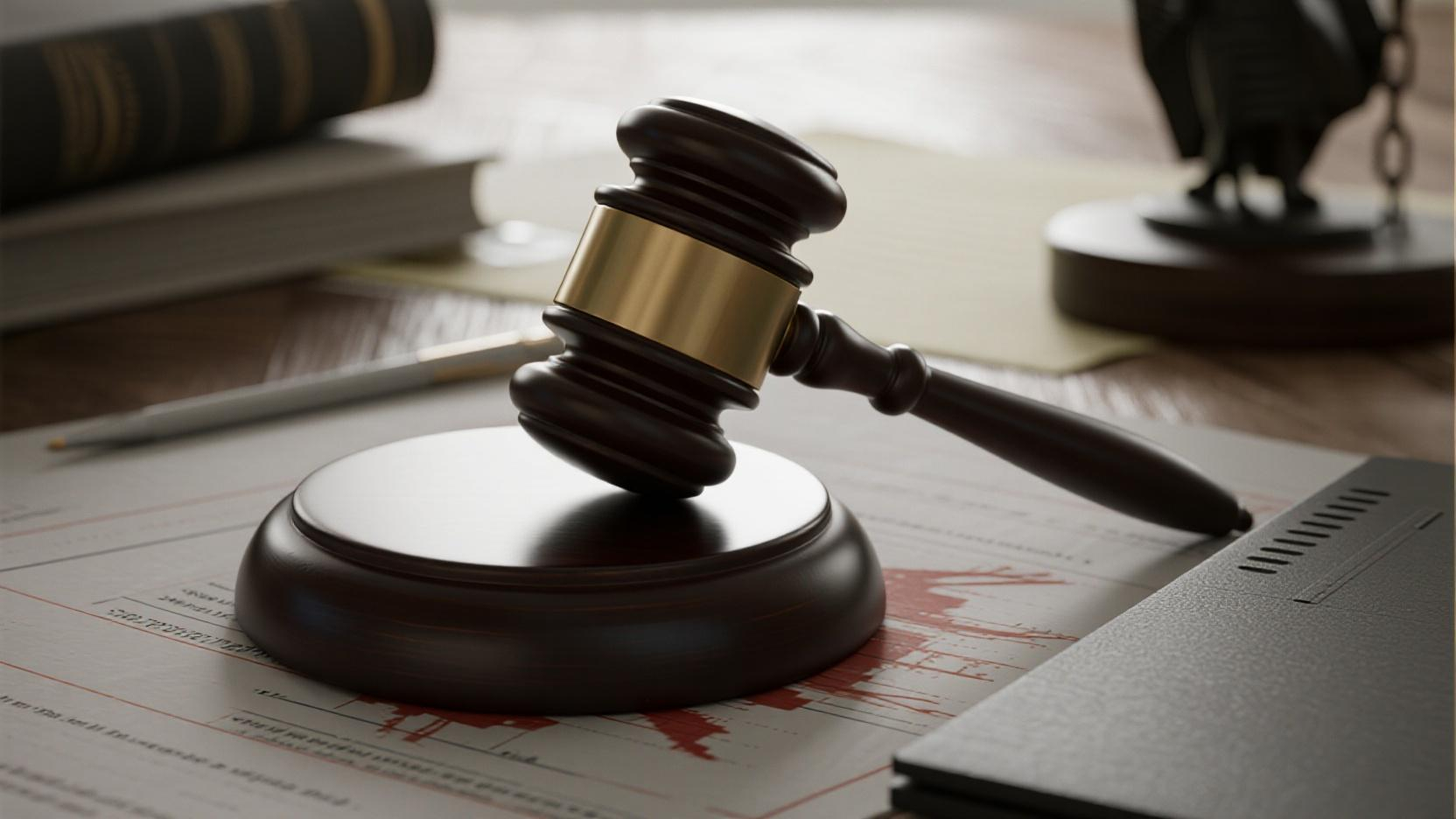Image Source: pexels
Corporate bylaws are the backbone of a well-structured governance system. They define how your organization operates, ensuring clarity in roles, responsibilities, and decision-making. By aligning with statutory laws and regulations, bylaws create a framework that promotes accountability and ethical behavior. This alignment safeguards your organization from legal challenges while fostering transparency.
Bylaws also serve as a definitive guide for your operations, establishing a system of checks and balances. This structure not only supports compliance but also strengthens your organization’s foundation for long-term success. A thoughtfully crafted guide to drafting corporate bylaws: building robust governance structure ensures your organization thrives in a competitive and regulated environment.
Key Takeaways
- Corporate bylaws are like a rulebook for the company.
- Check and update bylaws often to follow laws and needs.
- Include important people when writing bylaws for better rules.
- Add clear steps for decisions to ensure fairness and honesty.
- Add ways to solve problems to keep peace and avoid fights.
Understanding Corporate Bylaws
Definition and Purpose
Corporate bylaws act as your organization’s internal guidebook, outlining the rules and procedures that govern its daily operations. They serve as a constitution for your corporation, detailing how decisions are made, responsibilities are assigned, and conflicts are resolved. Unlike articles of incorporation, which establish your corporation’s legal existence, bylaws focus on operational frameworks. They regulate aspects such as meeting formalities, the roles of directors and officers, and the delegation of powers.
Bylaws also ensure accountability and ethical behavior within your organization. They create a system of checks and balances, protecting the interests of stakeholders and promoting transparency. For example, bylaws may specify voting rights for shareholders or define how dividends are distributed. These provisions help you maintain clarity and fairness in your corporate structure.
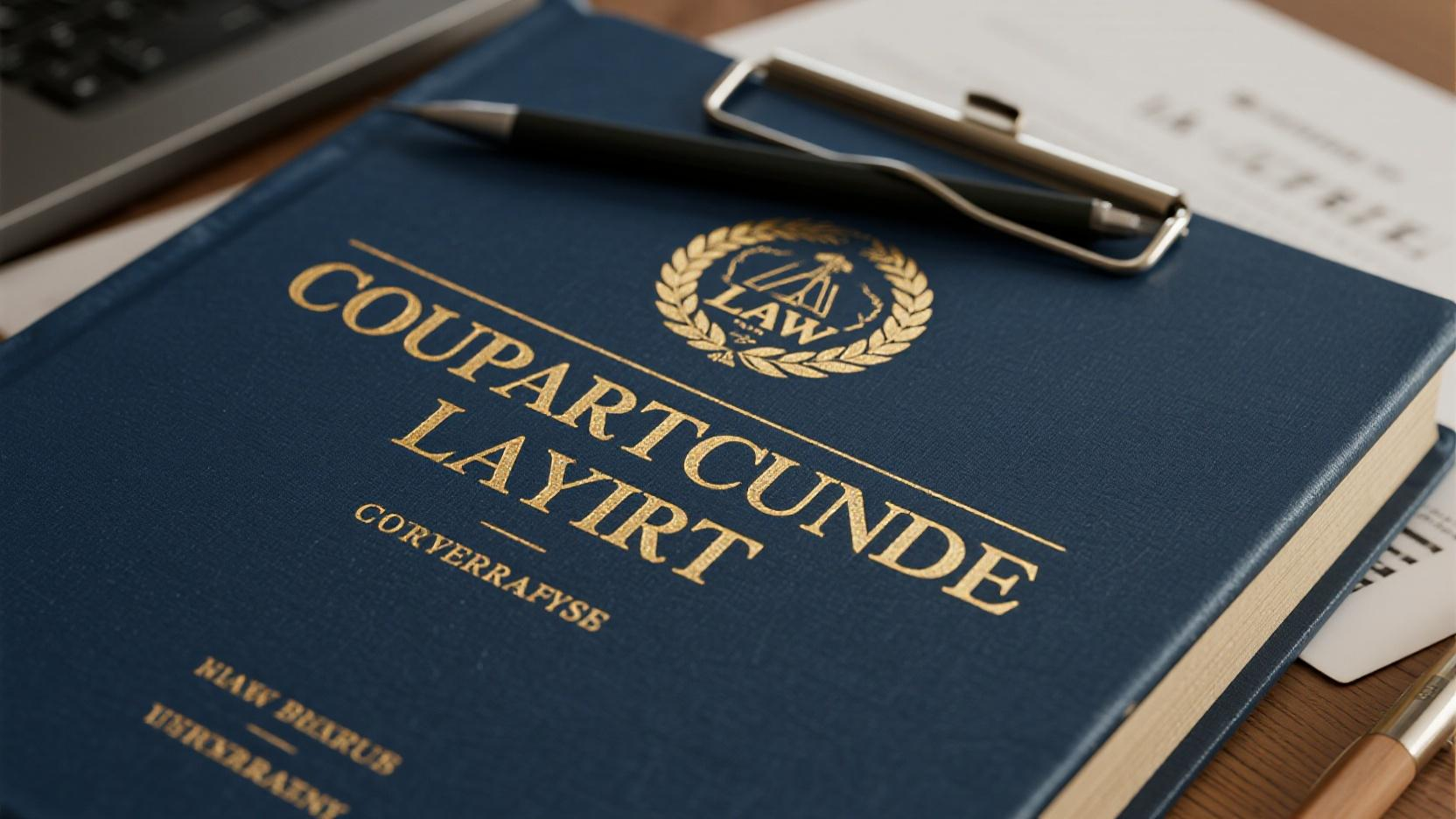
Role in Governance
Corporate bylaws play a critical role in shaping your organization’s governance structure. They define the roles and responsibilities of the board of directors, corporate officers, and shareholders. By establishing clear procedures for decision-making, they ensure accountability and compliance with legal standards.
Without bylaws, your organization risks operational inefficiencies and potential conflicts.
Bylaws also create a framework for checks and balances, preventing any single individual or group from wielding unchecked authority. For instance, they may outline how committees operate or how shareholder meetings are conducted. This structure fosters transparency and ensures that all stakeholders have a voice in the organization’s direction.
Legal and Compliance Considerations
Drafting corporate bylaws requires careful attention to legal requirements. Different jurisdictions impose specific rules, and failing to address these can lead to default state laws applying to your corporation. These default rules may not align with your organization’s unique needs, making it essential to tailor your bylaws accordingly.
To ensure compliance, you should define terms clearly, avoid ambiguous language, and use plain wording that all stakeholders can understand. Regularly updating your bylaws is also crucial. This practice helps you adapt to changes in laws and regulations, ensuring your organization remains compliant and legally protected. Additionally, bylaws often include provisions for amending them, which allows you to address evolving governance needs effectively.
Key Elements of Corporate Bylaws
Image Source: unsplash
Board Structure and Responsibilities
Your corporate bylaws define the structure and responsibilities of the board of directors, ensuring effective governance and representation of shareholder interests. They specify the number of directors, their qualifications, terms of office, and powers. These details create a clear framework for the board’s operation and decision-making. For example, bylaws often outline requirements for board meetings, including notice periods, quorum, and voting procedures.
To enhance efficiency, bylaws may also allow the board to establish committees such as audit, compensation, or governance committees. These committees focus on specific areas, providing expertise and oversight to aid in decision-making. Additionally, bylaws address internal procedures like the election and functions of directors, ensuring smooth operations and accountability.
Officer Roles and Duties
Corporate officers play a vital role in executing the organization’s vision and strategy. Bylaws outline the positions and responsibilities of key officers, such as the CEO, CFO, and secretary, to ensure clarity in leadership. They also define the delegation of powers, appointment processes, terms of office, and procedures for officer removal or succession planning.
- CEO or President: Oversees daily operations and delegates tasks to ensure organizational goals are met.
- Treasurer or CFO: Manages financial aspects, including payroll, billing, and fiscal reporting.
- Secretary: Maintains corporate records, prepares meeting minutes, and ensures compliance with documentation requirements.
Decision-Making Processes
Bylaws establish the internal structure for decision-making, ensuring accountability and ethical behavior. They define the roles and powers of the board of directors and corporate officers, creating a system of checks and balances. Procedures for shareholder meetings, such as notice periods and voting rules, are also detailed to facilitate transparent decision-making.
These provisions ensure that all stakeholders understand their roles and responsibilities, promoting efficiency and fairness in organizational governance. Clear decision-making processes help your corporation adapt to challenges while maintaining compliance and operational integrity.
Meeting Guidelines and Quorum Requirements
Your corporate bylaws should clearly outline the rules for meetings and quorum requirements to ensure smooth operations. A quorum, typically defined as the majority of stockholders present either in person or by proxy, is essential for conducting business. Without it, decisions made during meetings may lack legitimacy. For example, bylaws often specify that a quorum must include a majority of votes entitled to be cast by stockholders. This ensures that decisions reflect the interests of a significant portion of stakeholders.
Meetings, whether regular or special, require proper planning and adherence to bylaws. Special meetings can be initiated by the CEO, a majority of the board, or stockholders holding a specific percentage of voting power, often 15%. Voting rights, usually one vote per share, must also be addressed. Allowing proxies can increase participation, but these must be submitted before the meeting begins. Proxies are typically revocable unless stated otherwise in the bylaws.
To encourage participation and effective decision-making, consider the regular attendees when setting quorum requirements. Striking a balance between inclusivity and efficiency ensures that meetings remain productive while representing diverse perspectives.
Amendment Procedures
Amendment procedures in your bylaws provide a structured way to adapt to changing needs. These procedures should detail how amendments are proposed, reviewed, and approved. Typically, the board of directors or a specific percentage of shareholders can initiate amendments. Once proposed, the changes often require approval through a majority vote during a meeting with a quorum present.
Your bylaws should also specify how stakeholders are notified about proposed amendments. Clear timelines and communication channels ensure transparency and allow stakeholders to prepare for discussions. Including provisions for emergency amendments can also be beneficial, enabling your organization to respond quickly to unforeseen challenges.
Regularly reviewing amendment procedures ensures they remain relevant and effective. This practice helps your organization stay aligned with legal requirements and governance best practices.
Conflict Resolution Mechanisms
Conflict resolution mechanisms in your bylaws help prevent disputes from disrupting operations. These mechanisms should outline clear steps for addressing disagreements among stakeholders. Common approaches include mediation, arbitration, or other alternative dispute resolution methods. By providing structured guidelines, you can resolve conflicts efficiently and maintain organizational harmony.
Your bylaws should also establish communication protocols to address potential disputes early. For instance, defining how stakeholders can raise concerns and how the board will respond can prevent conflicts from escalating. Additionally, allowing for amendments to address specific conflicts ensures flexibility in resolving unique challenges.
Regular updates to your bylaws are crucial for maintaining effective conflict resolution mechanisms. This proactive approach helps your organization adapt to evolving dynamics and fosters a culture of collaboration and mutual respect.
Guide to Drafting Corporate Bylaws: Building Robust Governance Structure
Assessing Organizational Needs
Before drafting corporate bylaws, you must evaluate your organization’s unique needs. This assessment ensures that the bylaws align with your operational goals and governance structure. Start by identifying the key functions of your organization, such as decision-making processes, leadership roles, and stakeholder responsibilities. Consider the size of your organization, its industry, and any specific regulatory requirements that apply.
A thorough analysis of your company’s legal obligations is also essential. Research the laws in your jurisdiction to ensure compliance. For example, some states may require specific provisions, such as quorum requirements or shareholder voting rights, to be included in your bylaws. By understanding these needs, you can create a governance framework that supports both operational efficiency and legal compliance.
Engaging Key Stakeholders
Involving key stakeholders in the bylaw drafting process is critical for creating a comprehensive and effective governance structure. Stakeholders bring diverse perspectives and expertise, which can help you address potential challenges and ensure the bylaws reflect everyone’s interests.
- Engage stakeholders early to build trust and cooperation.
- Leverage their knowledge to identify gaps or areas of improvement in your governance framework.
- Foster collaboration to enhance the effectiveness of your corporate governance.
This inclusive approach not only strengthens the bylaws but also promotes a sense of ownership among stakeholders. When everyone feels heard, they are more likely to support and adhere to the governance rules.
Drafting the Initial Document
Drafting the initial bylaws document requires careful planning and attention to detail. Begin by structuring the document to cover all essential governance elements, such as shareholder rights, director qualifications, and meeting procedures. Write clear and concise clauses to avoid ambiguity.
Follow these steps to streamline the drafting process:
- Plan the structure of your governance documents, ensuring all critical areas are addressed.
- Draft the content, including roles, responsibilities, and operational guidelines.
- Consult legal counsel to review and approve the document for compliance and accuracy.
Regularly revisiting and revising the bylaws ensures they remain relevant and effective as your organization evolves. This proactive approach helps you maintain a robust governance structure that supports long-term success.
Reviewing for Legal Compliance
Ensuring your corporate bylaws comply with legal standards is a critical step in building a robust governance structure. Regular reviews help you align your bylaws with evolving regulations and organizational needs. Neglecting this process can lead to operational inefficiencies or legal challenges.
To maintain compliance, follow these best practices:
- Periodically review and update your bylaws to reflect changes in laws and business strategies.
- Engage legal advisors and key stakeholders during the review process to gather insights and ensure accuracy.
- Adhere to prescribed amendment procedures, such as obtaining board approval and shareholder consent.
Bylaws must evolve alongside your organization. For example, regulatory changes or shifts in business strategy may necessitate updates. Recognizing the need for amendments demonstrates strong leadership and foresight. Additionally, clear amendment procedures ensure your bylaws remain relevant and effective.
Tip: Schedule regular bylaw reviews, such as annually or biannually, to stay ahead of legal and operational changes. This proactive approach safeguards your organization and strengthens its governance framework.
Approving and Adopting the Bylaws
The approval and adoption of corporate bylaws formalize your governance structure. This process ensures the bylaws align with your organization’s goals and comply with legal requirements. Typically, the board of directors and, if applicable, the membership review and approve the proposed bylaws.
Here’s how the process unfolds:
- Initiation of Amendments: The board of directors or a percentage of shareholders propose amendments.
- Notice and Discussion: Stakeholders receive advance notice and participate in discussions.
- Approval Process: A supermajority vote from the board or shareholders finalizes the amendments.
- Compliance with Law: Ensure all amendments adhere to applicable laws and regulations.
- Documentation: File approved amendments with relevant authorities to maintain transparency.
In some jurisdictions, the board of directors may amend bylaws without shareholder approval, provided the articles of incorporation allow it. However, notifying shareholders remains a best practice to foster trust and collaboration.
Note: Documenting the approval process thoroughly ensures accountability and provides a clear record for future reference. This step is vital for maintaining a transparent governance structure.
By following these steps, you create a governance framework that supports your organization’s long-term success. A well-drafted and legally compliant set of bylaws is a cornerstone of effective corporate governance.
Best Practices for Maintaining Effective Bylaws
Regular Reviews and Updates
Regularly reviewing and updating your corporate bylaws ensures they remain relevant and effective. Over time, organizational needs and external regulations evolve, making periodic reviews essential. You should aim to review your bylaws at least every three to four years. This practice helps you identify outdated provisions and align them with current operational goals.
Periodic reviews also fulfill the board’s oversight responsibilities. By scheduling these reviews, you demonstrate a commitment to maintaining a robust governance framework. Consider involving legal counsel and key stakeholders during this process to ensure accuracy and inclusivity.
Tip: Create a review schedule and assign responsibility to a specific committee or team. This approach ensures accountability and consistency in maintaining your bylaws.
Ensuring Alignment with Legal Changes
Legal compliance is a cornerstone of effective corporate governance. Laws and regulations frequently change, and failing to align your bylaws with these updates can expose your organization to risks. You must stay informed about changes in corporate law and industry-specific regulations.
To ensure alignment, establish a process for monitoring legal updates. Engage legal advisors to review your bylaws whenever significant regulatory changes occur. This proactive approach minimizes the risk of non-compliance and keeps your governance structure legally sound.
Note: Regular audits of your bylaws can help identify gaps in compliance. These audits ensure your organization remains protected from potential legal challenges.
Training Leadership on Bylaw Provisions
Training your leadership team on bylaw provisions enhances their ability to uphold governance standards. When leaders understand the bylaws, they can make informed decisions and enforce rules effectively. Conduct regular training sessions to familiarize directors and officers with key provisions.
Here are strategies to ensure effective training:
- Organize workshops or seminars to explain bylaw updates and their implications.
- Provide written guides or summaries for quick reference.
- Use real-world scenarios to illustrate how bylaws apply in practice.
Clear communication channels also play a vital role. Establish systems for reporting violations and seeking clarification on bylaw-related matters. This approach fosters accountability and ensures consistent enforcement across all levels of your organization.
Reminder: Training is not a one-time activity. Regular sessions keep your leadership informed and prepared to adapt to governance changes.
Documenting Amendments Transparently
Transparent documentation of bylaw amendments is essential for maintaining trust and ensuring compliance. When you document changes clearly, you help stakeholders understand the rules governing your organization. This practice also prevents legal disputes and strengthens your governance framework.
To document amendments effectively, follow these best practices:
- Inform shareholders about proposed changes and provide opportunities for input. Transparency fosters collaboration and ensures that all voices are heard.
- Clearly outline the reasons for amendments and their implications. This approach helps stakeholders understand the necessity of the changes.
- Update official records promptly and file amendments with relevant authorities. Proper documentation ensures the legality of your bylaws and avoids regulatory issues.
- Use accessible language in your documentation to make it easy for all stakeholders to comprehend the updates.
Public disclosure of amendments is another critical step. By sharing updates openly, you demonstrate accountability and build confidence among shareholders. For example, you can distribute amendment summaries through newsletters or post them on your organization’s website. These actions ensure that stakeholders stay informed and engaged.
Additionally, maintaining a centralized repository for bylaw amendments simplifies record-keeping. A well-organized system allows you to track changes over time and provides a clear reference for future governance decisions. This practice not only enhances transparency but also supports efficient operations.
Tip: Regularly review your documentation process to ensure it aligns with legal requirements and organizational needs. A proactive approach to transparency strengthens your governance structure and promotes long-term success.
By prioritizing clear and transparent documentation, you create a governance framework that inspires trust and ensures compliance. This commitment to openness benefits your organization and its stakeholders alike.
The Impact of Strong Bylaws on Organizational Success
Image Source: unsplash
Enhancing Decision-Making Efficiency
Strong corporate bylaws streamline decision-making by providing a clear governance framework. They define roles and responsibilities, ensuring that everyone understands their duties. This clarity reduces confusion and allows your organization to operate more efficiently.
- Bylaws establish procedures for decision-making and dispute resolution, which helps avoid delays.
- They mitigate risks by promoting transparency and accountability in decision-making processes.
- A well-defined governance structure ensures that decisions align with your organization’s goals.
By eliminating ambiguity, bylaws enable your leadership team to focus on strategic priorities. For example, when bylaws outline voting procedures for board meetings, decisions can be made quickly and fairly. This efficiency not only saves time but also fosters confidence among stakeholders.
Tip: Regularly review your bylaws to ensure they remain aligned with your organization’s evolving decision-making needs.
Promoting Accountability and Transparency
Corporate bylaws play a vital role in fostering accountability and transparency within your organization. They create a governance structure that defines roles and responsibilities, ensuring that everyone is held accountable for their actions.
- Bylaws guide the board of directors by outlining meeting procedures and voting rights.
- They ensure significant decisions require a majority vote, promoting a democratic process.
- Clear articulation of shareholder rights prevents conflicts and enhances transparency.
Additionally, bylaws establish a system of checks and balances. This prevents any individual or group from wielding unchecked authority. For instance, by specifying procedures for board meetings and shareholder participation, bylaws encourage ethical behavior and open communication.
Note: Transparency in governance builds trust among stakeholders, which is essential for long-term success.
Supporting Long-Term Growth and Stability
Robust bylaws provide a foundation for your organization’s growth and stability. They offer a clear governance framework, ensuring accountability and facilitating effective decision-making. This structure helps mitigate risks and ensures compliance with regulations, creating a stable operational environment.
"Effective bylaws act as a guide that allows your organization to adapt flexibly to changing circumstances. By avoiding overly rigid parameters, they enable growth while maintaining stability."
Bylaws also support succession planning, ensuring smooth leadership transitions. Clear dispute resolution mechanisms maintain operational harmony, even during challenging times. These features signal stability to investors, which can enhance stock performance and attract funding.
When your bylaws align with your organization’s goals, they contribute to a positive work environment. Employees feel secure knowing that governance processes are fair and transparent. This stability fosters higher productivity and long-term success.
Reminder: Regular updates to your bylaws ensure they remain relevant and continue to support your organization’s growth.
Corporate bylaws are the cornerstone of effective governance and compliance. They define your organization’s structure, regulate shareholder relations, and provide operational guidelines. By fostering accountability and ethical behavior, bylaws safeguard your company’s interests and ensure legal compliance.
Key Takeaways:
- Bylaws clarify roles, responsibilities, and employee rights.
- They establish conflict resolution mechanisms and streamline decision-making.
Prioritizing well-crafted bylaws mitigates risks, ensures smooth leadership transitions, and supports long-term growth. By maintaining and updating them regularly, you create a governance framework that drives stability and success.
FAQ
What is the purpose of corporate bylaws?
Corporate bylaws serve as your organization’s internal rulebook. They define governance structures, outline roles and responsibilities, and establish decision-making processes. These rules ensure accountability, transparency, and compliance, creating a solid foundation for long-term success.
How often should you review corporate bylaws?
You should review your corporate bylaws every three to four years. Regular reviews help ensure alignment with legal changes, organizational growth, and evolving governance needs. This proactive approach minimizes risks and keeps your bylaws effective.
Who is responsible for drafting corporate bylaws?
Typically, the board of directors drafts corporate bylaws with input from legal counsel and key stakeholders. This collaborative process ensures the bylaws address legal requirements and reflect the organization’s unique needs and goals.
Can bylaws be amended after adoption?
Yes, corporate bylaws can be amended. The amendment process usually involves board approval, shareholder consent, and adherence to specific procedures outlined in the bylaws. Regular updates ensure your governance framework remains relevant and compliant.
Why are quorum requirements important in bylaws?
Quorum requirements ensure decisions made during meetings represent a significant portion of stakeholders. This provision legitimizes decisions and promotes fairness. Without a quorum, actions taken during meetings may lack validity, leading to potential disputes.
Tip: Always document quorum requirements clearly to avoid misunderstandings during critical meetings.





